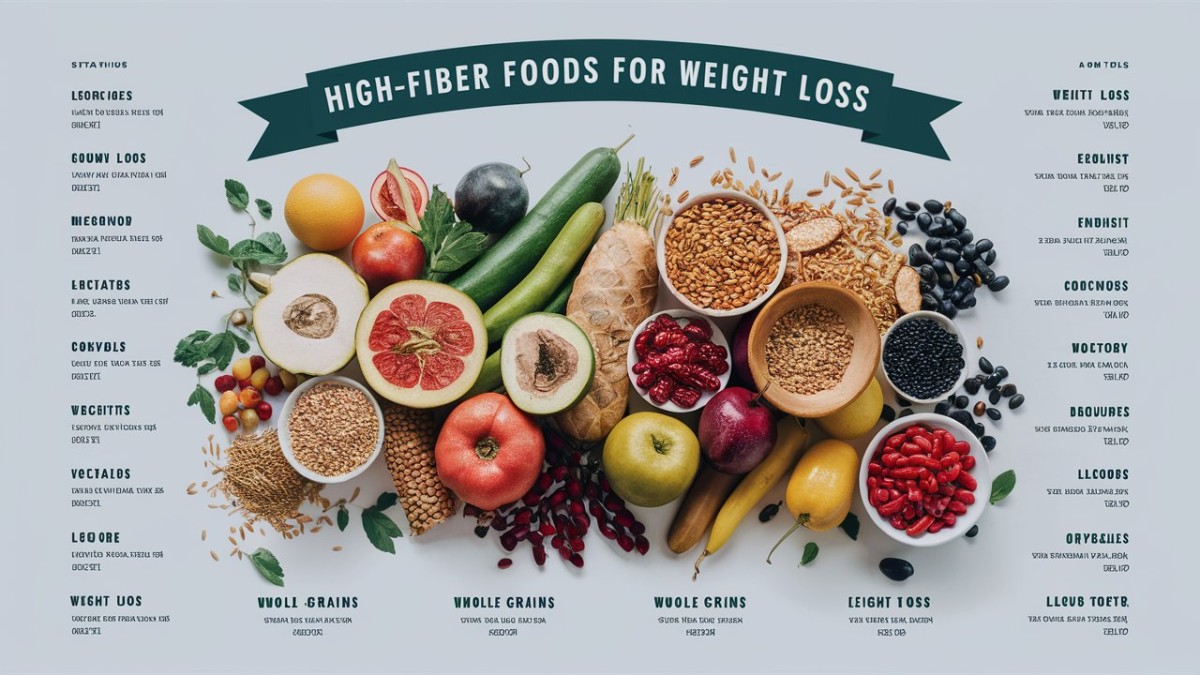Do you think fiber-rich foods will help you lose weight?
What fiber-rich foods help to shed those extra pounds?
You can understand these things further in this blog because it explores how fiber helps you lose weight, what all fruits, and vegetables are rich in fiber, etc.
Introducing fiber:
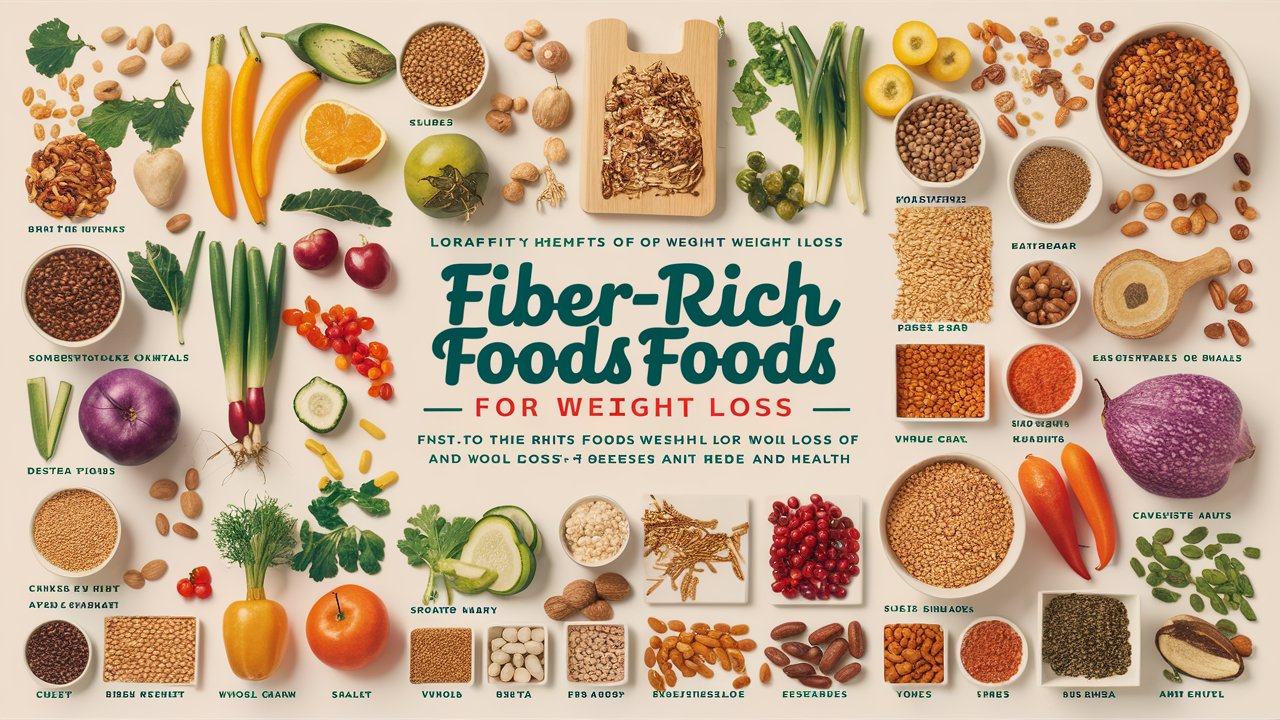 Before delving into foods and weight loss, you need to know what fiber is. It is one type of carbohydrate that is found in most plant-based foods, so there are two kinds of fiber one is called soluble fiber which gets dissolved in water and helps your digestion to be slow, the second one is insoluble fiber which does not dissolve in water. Also, this insoluble fiber is known to increase the feeling of fullness, reduces hunger and it also keeps you far from digestive issues like constipation.
Before delving into foods and weight loss, you need to know what fiber is. It is one type of carbohydrate that is found in most plant-based foods, so there are two kinds of fiber one is called soluble fiber which gets dissolved in water and helps your digestion to be slow, the second one is insoluble fiber which does not dissolve in water. Also, this insoluble fiber is known to increase the feeling of fullness, reduces hunger and it also keeps you far from digestive issues like constipation.
As per a study published in the Annals of Internal Medicine when you have 30 grams of fiber every day, it can help you to lose weight, lower hypertension and it helps improve your body’s response to insulin.
Foods Rich in Fiber for Weight Loss
Whole Grains
There are different sorts of foods in each food group, first, if we look into whole grains they contain a good quantity of fiber and all essential nutrients. So you can have whole grains such as oats, brown rice, quinoa, and barley that will help you in the slow release of energy by keeping you full for a long time.
|
Having a bowl of oatmeal in the morning can keep you full until lunch. Oats contain beta-glucan, a type of soluble fiber that is known to promote a feeling of fullness by reducing hunger. |
|
|
You need to substitute white rice with brown rice because it retains the bran and germ, which are removed in white rice, making it a good source of fiber and nutrients. |
|
|
Next, you can have quinoa because this superfood is not only high in fiber but also enriched with protein, making it an excellent choice for those looking to maintain muscle mass while losing weight. |
Legumes
The next food group rich in fiber you should be including aiming for weight loss is legumes. Legumes such as beans, lentils, and peas are enriched with both soluble and insoluble fibers which help you with digestion and weight loss. You can choose between the high fiber options such as:
Black beans: These are high in fiber and protein, and they can be perfectly suitable in the preparation of soups and salads. Also, a single cup of black beans provides around 15 grams of fiber.
Chickpea: Next you can add chickpeas into your weight loss diet plan that can be suited for preparing hummus and salads. One cup of chickpeas contains about 12.5 grams of fiber.
Lentils: Lentils can be incorporated in a variety of ways as they are ideal for soups, stews, and even as a meat substitute in various dishes. Lentils offer around 15.6 grams of fiber per cup.
Nuts and Seeds
Nuts and seeds are packed with fiber, healthy fats, and protein, and most weight loss enthusiasts choose nuts and seeds as a healthy snacking option.
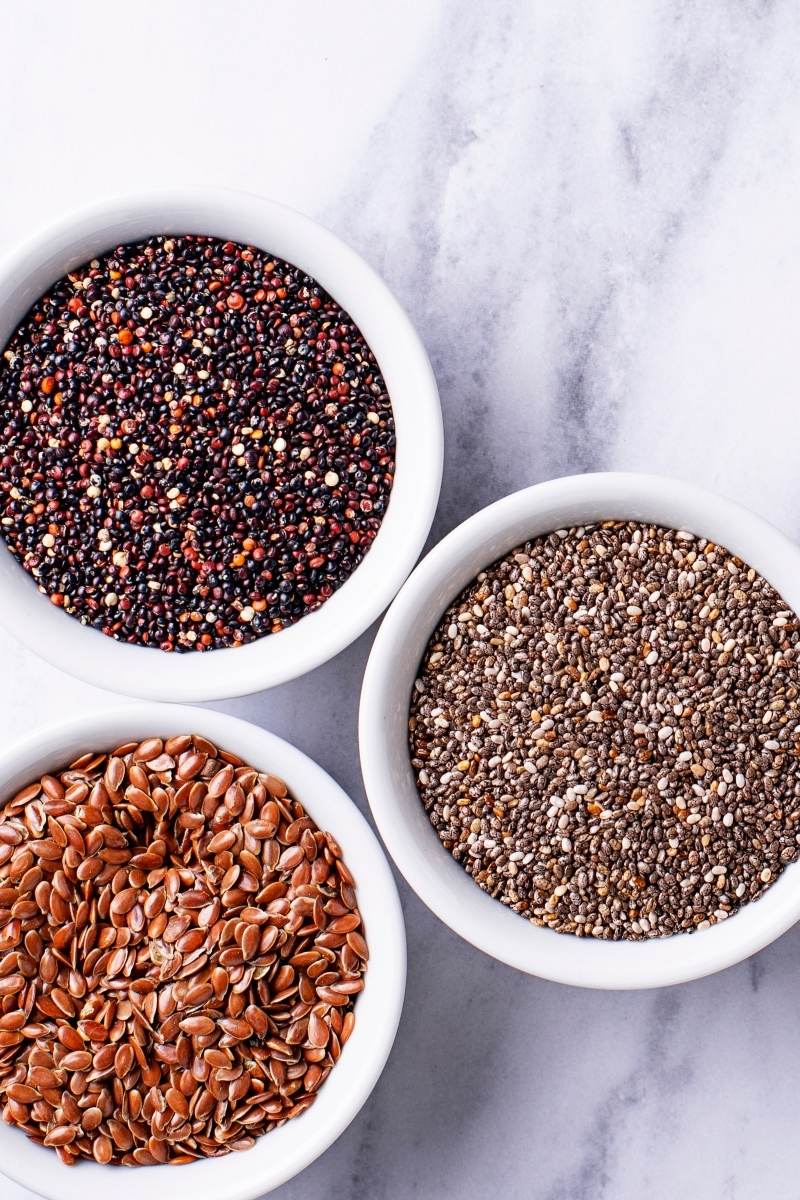 Chia Seeds: Chia seeds are famous for their contribution to weight loss, this is because they are high in soluble fiber which can absorb water and form a gel-like substance that promotes the feeling of fullness. Did you know that just having two tablespoons of chia seeds will provide you with around 10 grams of fibre which can be highly beneficial for you to lose weight?
Chia Seeds: Chia seeds are famous for their contribution to weight loss, this is because they are high in soluble fiber which can absorb water and form a gel-like substance that promotes the feeling of fullness. Did you know that just having two tablespoons of chia seeds will provide you with around 10 grams of fibre which can be highly beneficial for you to lose weight?
Almonds: The next thing you can have is almonds because one handful of almonds can suppress your hunger by providing you with good amounts of fiber i.e. about 3.5 grams per ounce.
Flaxseeds: You can add on-ground flaxseeds to your smoothies or yogurt for an optimum amount of fiber to your body. One tablespoon of flaxseeds contains around 2.8 grams of fiber.
Fiber-Rich Fruits
Fruit |
Fiber content |
Suitable for |
|
4.4 grams(Medium sized) |
Snacks or salads(Enriched with both soluble and insoluble fiber) |
|
|
Berries |
8 grams(1 cup raspberries) |
Blueberries, raspberries, and strawberries are rich in fiber and antioxidants. |
|
Pears |
5.5 grams(Medium sized) |
Pears are one of the highest-fibre fruits that can be enjoyed fresh or in salads. |
|
Bananas |
3.1 grams(Medium sized) |
Bananas provide a good amount of fiber along with essential vitamins and minerals. |
|
Avocados |
10 grams(1 avocado) |
Avocados are high in fiber and healthy fats that can be enjoyed in any meal. |
Fiber-Rich Vegetables
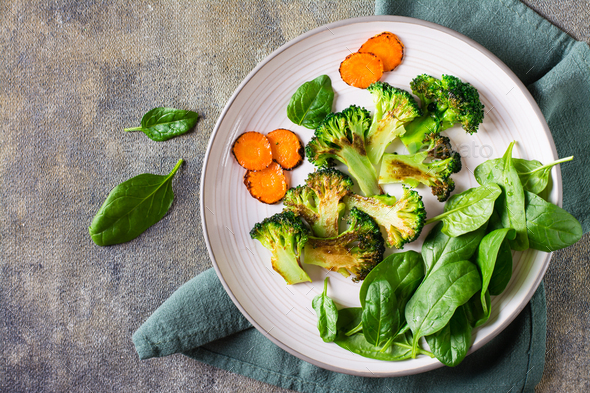 Broccoli: They are high in fiber, vitamins, and minerals. One cup of cooked broccoli provides about 5.1 grams of fiber.
Broccoli: They are high in fiber, vitamins, and minerals. One cup of cooked broccoli provides about 5.1 grams of fiber.
Carrots: Carrots can be considered snacks or can be added to salads and soups. One cup of chopped carrots contains around 3.6 grams of fiber.
Spinach: Leafy greens like spinach are low in calories but high in fiber. One cup of cooked spinach offers about 4.3 grams of fiber.
Brussels Sprouts: These can be roasted or steamed for a fibre-rich dish. One cup of cooked Brussels sprouts contains around 4 grams of fiber.
Sweet Potatoes are high in fiber and can be baked, mashed, or added to stews. One medium sweet potato provides about 4 grams of fib-fibre
High Fiber Indian Food List
|
Food Item |
Description |
Fiber Content (grams) |
|
Dal (Lentils) |
Lentils are more prevalent in Indian diets that are rich in fiber and protein. |
15 grams |
|
Whole Wheat Roti |
Made from whole wheat flour, it provides a good amount of fiber compared to refined flour. |
2 grams |
|
Brown Rice |
Substitute white rice with brown rice in traditional dishes. |
3.5 grams |
|
Bhindi (Okra) |
Okra is high in fiber and can be cooked in various ways. |
4 grams |
|
Palak (Spinach) |
Rich in fiber, it can be used in curries or as a side dish. |
4.3 grams |
|
Chole (Chickpeas) |
Commonly used in dishes like chole masala, chickpeas are high in fiber. |
12.5 grams |
|
This popular legume is often used in curries. |
13 grams |
|
|
Methi (Fenugreek) |
Fenugreek leaves are high in fiber and can be used in various dishes. |
3 grams |
|
While not high in fiber, it can be combined with fiber-rich foods for a balanced meal. Sabudana is best paired with vegetables like potatoes and peanuts for added fiber. |
0.9 grams |
|
|
Vegetable Salads |
Including a variety of fiber-rich vegetables in your salads can boost your fiber intake significantly. Add vegetables like carrots, cucumbers, and beets to enhance the fiber content. |
Varies |
How Fiber Helps to Lose Weight
Promotes Satiety
The first thing you need to know about fiber is that it adds bulk to your diet without adding any extra calories that will make your tummy feel full for a long time. This will help you to stop overeating by controlling your appetite.
Slows Digestion
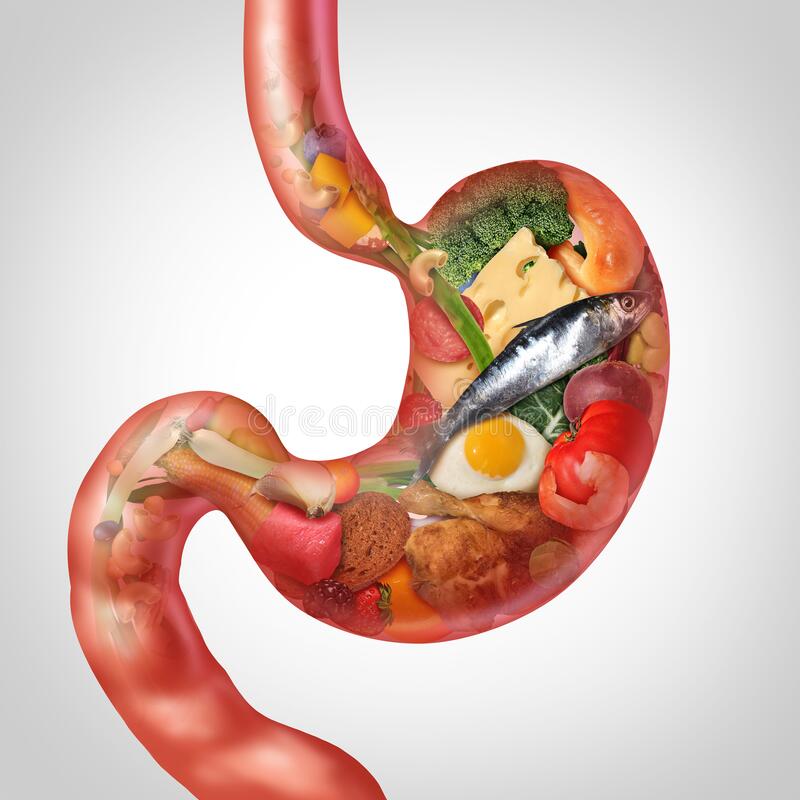 As discussed earlier soluble fibers are a gel-like substance in the gut, it slow down your digestion process. Also, this helps you to manage blood sugar levels by preventing the spikes that cause hunger and cravings. As fibre slows down digestion it works by gradual release of nutrients to provide energy throughout the day.
As discussed earlier soluble fibers are a gel-like substance in the gut, it slow down your digestion process. Also, this helps you to manage blood sugar levels by preventing the spikes that cause hunger and cravings. As fibre slows down digestion it works by gradual release of nutrients to provide energy throughout the day.
Reduces Caloric Absorption
This is the next way how fiber can help you to lose weight, so fiber reduces the absorption of calories by the body when compared to other foods. This is why because fibre gets bound with fat and sugar molecules allowing them to pass through the digestive system without getting absorbed. As per a few studies, fiber is known to reduce overall calorie intake by helping you to lose weight.
Improves Gut Health
A healthy gut is associated with weight management by improving your overall health, so the fiber that you are including in your diet acts as a prebiotic which feeds the good bacteria residing in your gut for proper digestion. This well-balanced gut microbiome is associated with improved nutrient absorption and reduction of inflammation which in high levels can lead to weight gain.
Lowers Cholesterol Levels
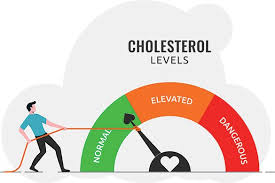 Soluble fiber is the thing associated with lowering cholesterol because it binds to the cholesterol in the digestive system and removes it from the body. These reduced cholesterol levels are reported to promote a better heart by reducing the chance of having obesity-related health issues. Fibre supports overall metabolic function along with heart health which is crucial for weight management.
Soluble fiber is the thing associated with lowering cholesterol because it binds to the cholesterol in the digestive system and removes it from the body. These reduced cholesterol levels are reported to promote a better heart by reducing the chance of having obesity-related health issues. Fibre supports overall metabolic function along with heart health which is crucial for weight management.
Regulates Blood Sugar Levels
Yes, fiber helps to manage blood sugar levels by slowing down the absorption of sugar, preventing rapid spikes in blood sugar levels. This is highly beneficial for those with insulin resistance or diabetes because stable blood sugar levels can help manage hunger and reduce cravings. These stable blood sugar levels also prevent the energy crashes that often lead to unhealthy snacking.
Enhances Metabolism
 Metabolism is the crucial thing necessary for a healthy weight loss program, a diet rich in fiber is known to enhance your metabolism, helping you burn more calories even when you are in the rest phase. This is because fiber-rich foods often require more energy to digest, increasing your overall energy expenditure. Additionally, the thermic effect of food (TEF), which is the energy required to digest, absorb, and metabolize nutrients, is higher for fiber-rich foods, further boosting calorie burn.
Metabolism is the crucial thing necessary for a healthy weight loss program, a diet rich in fiber is known to enhance your metabolism, helping you burn more calories even when you are in the rest phase. This is because fiber-rich foods often require more energy to digest, increasing your overall energy expenditure. Additionally, the thermic effect of food (TEF), which is the energy required to digest, absorb, and metabolize nutrients, is higher for fiber-rich foods, further boosting calorie burn.
Takeaways:
This is how having good amounts of fiber in your diet can help you to lose weight. Along with weight management, they can help you out with several benefits that are mentioned above. So have fiber in your weight loss diet and have a healthy weight loss journey ahead!

